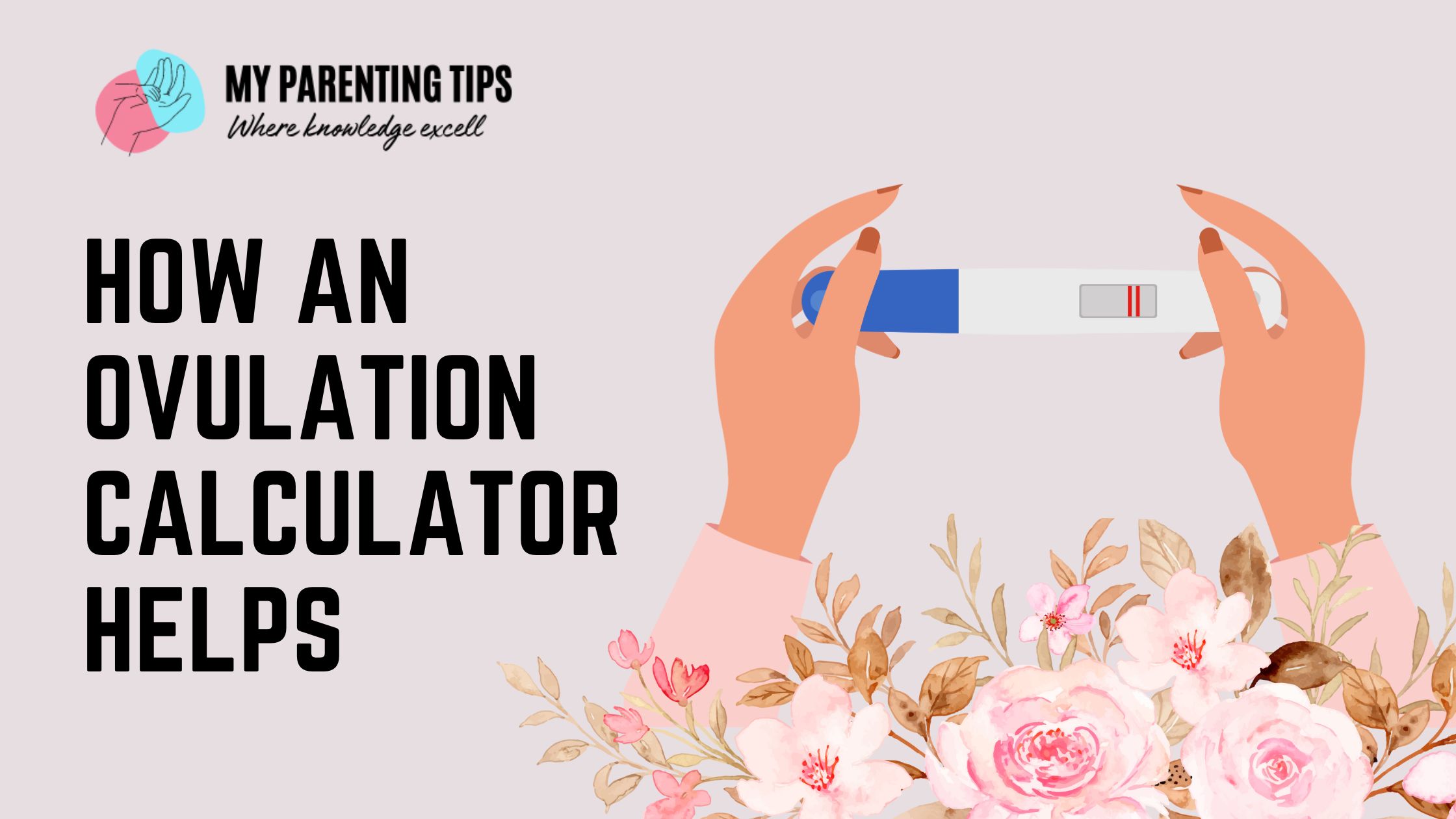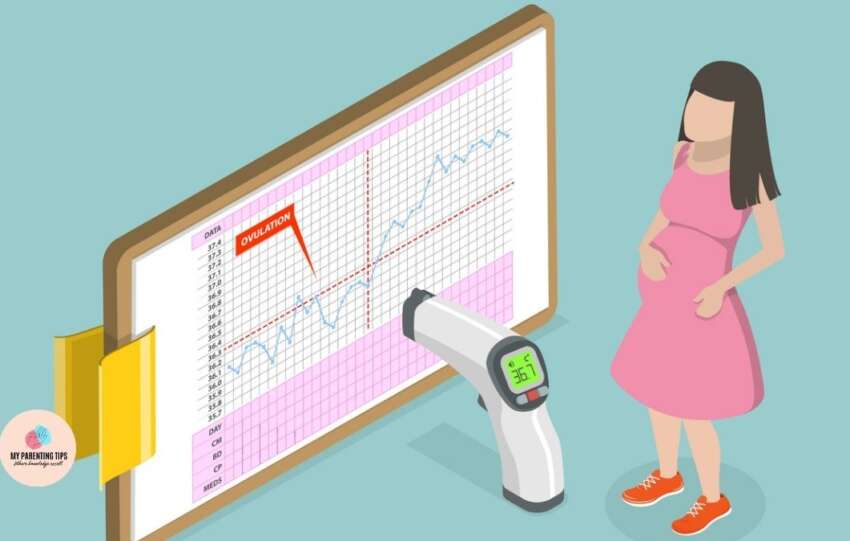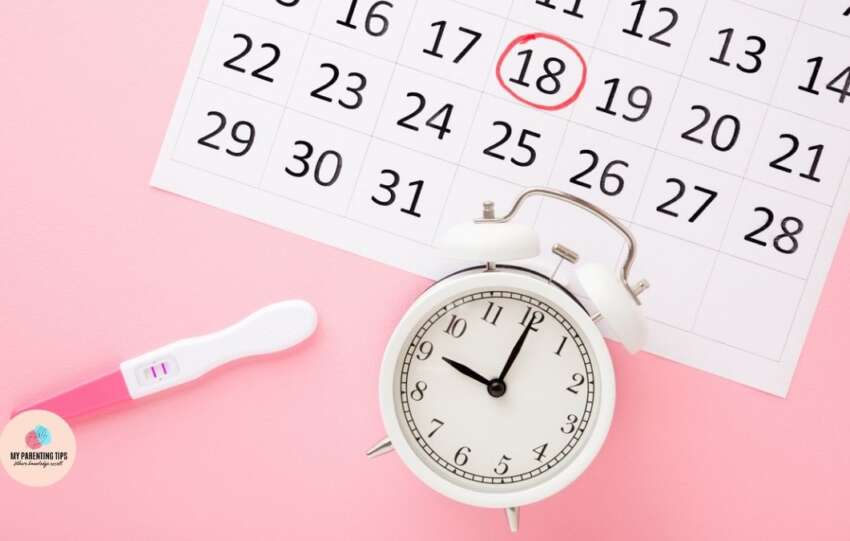Understanding Your Fertile Window: How an Ovulation Calculator Helps

“This blog post defines a fertile window and shows how an ovulation calculator might be used to project it for family planning. It addresses the advantages of utilizing such a tool, how to use it properly, and advises combining it with other ovulation tracking techniques for more precision.”
Family planning is an interesting and sometimes difficult process. The key is knowing your fertility and time of intercourse to be correct. Here is where knowing your reproductive window and applying an ovulation calculator would really help. This explanation clarifies what a fertile window is, how an ovulation calculator functions, and how it could support your family planning process.
What is The Fertile Window?
During your menstrual cycle, your most fertile window is when it covers the days before, on the day of ovulation itself, and the day following. A developed egg is expelled from the ovary during this period, prepared for sperm’s fertilisation. Family planning tips depend on knowing your reproductive window. It greatly raises your chances of conceiving.
A woman’s fertile window is the set of days throughout her menstrual cycle when she most likely may conceive. This covers five days before ovulation, the day of ovulation, and sometimes the day following. Sex during this time increases the chances of conception since an egg is viable for around twelve to twenty-24 hours after ovulation and sperm can survive in the female reproductive tract for up to five days. Knowing the fertile window will help those trying to avoid pregnancy or conceive pretty effectively. Techniques including tracking basal body temperature, noting cervical mucous, and using ovulation prediction kits help one to precisely identify this window.
How Does an Ovulation Calculator Work?
An ovulation calculator lets you project your ovulation date and, so, your reproductive window. It makes use of your menstrual cycle, most especially the first day of your last period and the typical cycle duration. The best ovulation calculator happens roughly fourteen days before your next menstruation begins. Still, this is only the average. Every woman has a unique cycle, hence ovulation can also change. While the finest ovulation calculator may demand more data to be more exact, the fundamental computation stays the same.
Advantages of an Ovulation Calculator
One gains various advantages by using an ovulation calculator:
- Finding Your Most Productful Days: It aids in the identification of your most fertile days, so optimizing your chances of conception.
- Planning Intercourse: Understanding your fertile window helps you to arrange your activities and maximize your efforts during sexual activity.
- Monitoring Your Cycle: It facilitates your menstrual cycle tracking and identification of any anomalies. Tracking ovulations depends on this.
- Increased Awareness: Using a calculator sharpens your fertility awareness. It clarifies for you your body and your reproductive cycle.
- Convenience: Using a calculator helps ovulation tracking to become more straightforward. This is a simple and quick approach to project your fruitful window.
How to Make Most Use of an Ovulation Calculator?
Using an ovulation calculator properly:
- Get facts: Find out your last menstrual period’s beginning day. Find also your menstrual cycle’s average length. For a few months track your cycle to get an accurate average instead of depending just on one period.
- Enter data: Enter these details into the Ovulation Calculator.
- Review Results: The calculator will show your fertile window and an approx. ovulation date.
- Consider Other Factors: Remember the calculator offers an estimate. For a more whole picture, take into account additional indicators of ovulation include changes in cervical mucous and basal body temperature.
Beyond the Calculation: Other Approaches to Monitoring Ovulation
Although an ovulation calculator is a useful tool, for more accurate tracking you can mix it with other techniques:
- Tracking basal body temperature (BBT): By timing your temperature each morning, you can spot a minor dip and rise around ovulation.
- Mucus Monitoring of Cervices: Monitoring variations in your cervical mucus might also point to ovulation. Around ovulation it gets clearer, wetter, and more stretchy.
- Predictor kits (OPKs): Built to find the surge in luteinizing hormone (LH) before ovulation, prediction kits (OPKs).
Value of Recognizing Your Body
Family planning depends on knowing your body and menstrual cycle. Combining additional monitoring techniques with an ovulation calculator helps you to see your fertility in its whole.
When Should I Consult Professionals?
See your doctor if you have erratic cycles or have been trying unsuccessfully for several months. They can evaluate your fertility and offer specific guidance.
When you need professional expertise, specific skills, or direction in fields where mistakes could have major repercussions, you should speak with experts. This covers legal matters, financial planning, medical questions, house repairs, company decisions, and mental health problems. Professionals can guarantee that you make wise selections by offering risk management, reliable information, and workable answers. Early professional assistance can save over time, money, and stress.
Conclusion
Understanding your reproductive window and making pregnancy plans would benefit much from an ovulation calculator. When combined with other tracking strategies and expert advice, it can empower you on your road to parenthood. Recall that every woman has a different cycle. The key is your own body’s awareness.



